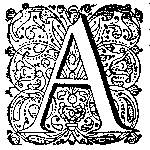United Under One Roof: Artist Painters and Coarse Painters and their Relations in Seventeenth-Century Leiden
DOI:
https://doi.org/10.18352/emlc.29Keywords:
Guild of St Luke, Leiden, coarse-painter, art-market, decoratieschilder, kladschilderAbstract
The job titles kunstschilder (artist painter) and klad- or grofschilder (coarse painter)
only came into regular use after 1640. In the first decades of the seventeenth century,
anyone who painted for a living was simply referred to as a schilder (painter). This
article traces the way the division of the painter’s craft into two more or less separate
trades emerged, specifically for Leiden. The background against which this process is
considered is the genesis of Leiden’s Guild of St Luke. In the art historical literature, the
Guild of St Luke usually appears in its role as successful protector of the artist painters
against the import of paintings from other towns and cities. In most studies, the
importance of the guild is measured in terms of the composition of the local holdings
of paintings – the demand side of the art market. The difficult genesis of the Leiden
Guild of St Luke provides a good opportunity to consider the importance of this guild
from the supply side – the artists themselves.
Downloads

Published
Issue
Section
License
Copyright (c) 2017 Piet Bakker

This work is licensed under a Creative Commons Attribution-NonCommercial 4.0 International License.





